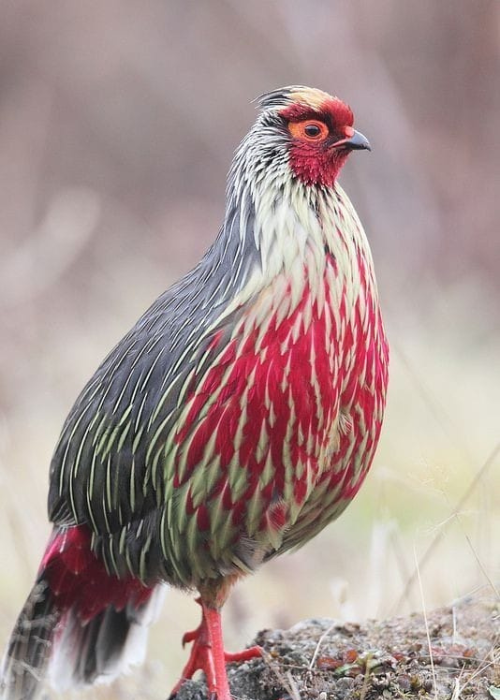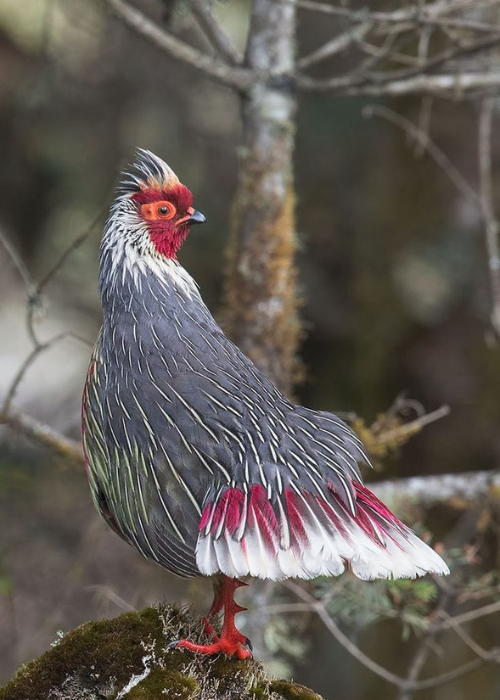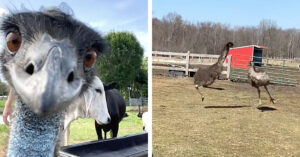These Blood Pheasant birds are common in the eastern Himalayas (India, Nepal, Bhutan, China, and northern Myanmar). They are small and have short wings. (A chunky pheasant that looks like a partridge from Montane Scrub) The Blood Pheasant was the national bird of Sikkim when it was a kingdom, and it is still the state bird of Sikkim. The only species in the tribe Itaginini and the Pheasant family is the Genus Itaginis.

Males are silvery gray and have tipped wings. The chin and covert feathers are a deep crimson-red color. The female’s feathers are all the same colour, and the neck is often gray. The “blood” that gives this species its name. Depending on the subspecies, both male and female blood pheasants have red feet and a clear ring of bare skin around their eyes, either red or orange. And both men and women have small heads with a weak crest that sometimes sticks up.

There are 12 known subspecies of Blood Pheasant. The males of each subspecies have different feathers, which makes them easy to tell apart. The differences are in the amount of red or black in the throat, forehead, neck, chest, and tail, and in the presence or absence of rufous spots on the wings.

Most hens are kept in an incubator for about 28 days, each laying about 6-7 eggs. They are long and shaped like an oval.Between mid-April and late June, blood pheasants have their young. But most people see it in May. Usually seen in small groups in the winter and in pairs or by themselves in the summer. Animalia says that since the population seems to be slowly going down, the IUCN rated the species as “least concern” in 2009.

We think you’ve learned a lot about bright sunbirds that you didn’t know before. You’ve also seen what they’re like. Thank you so much for learning from us…



